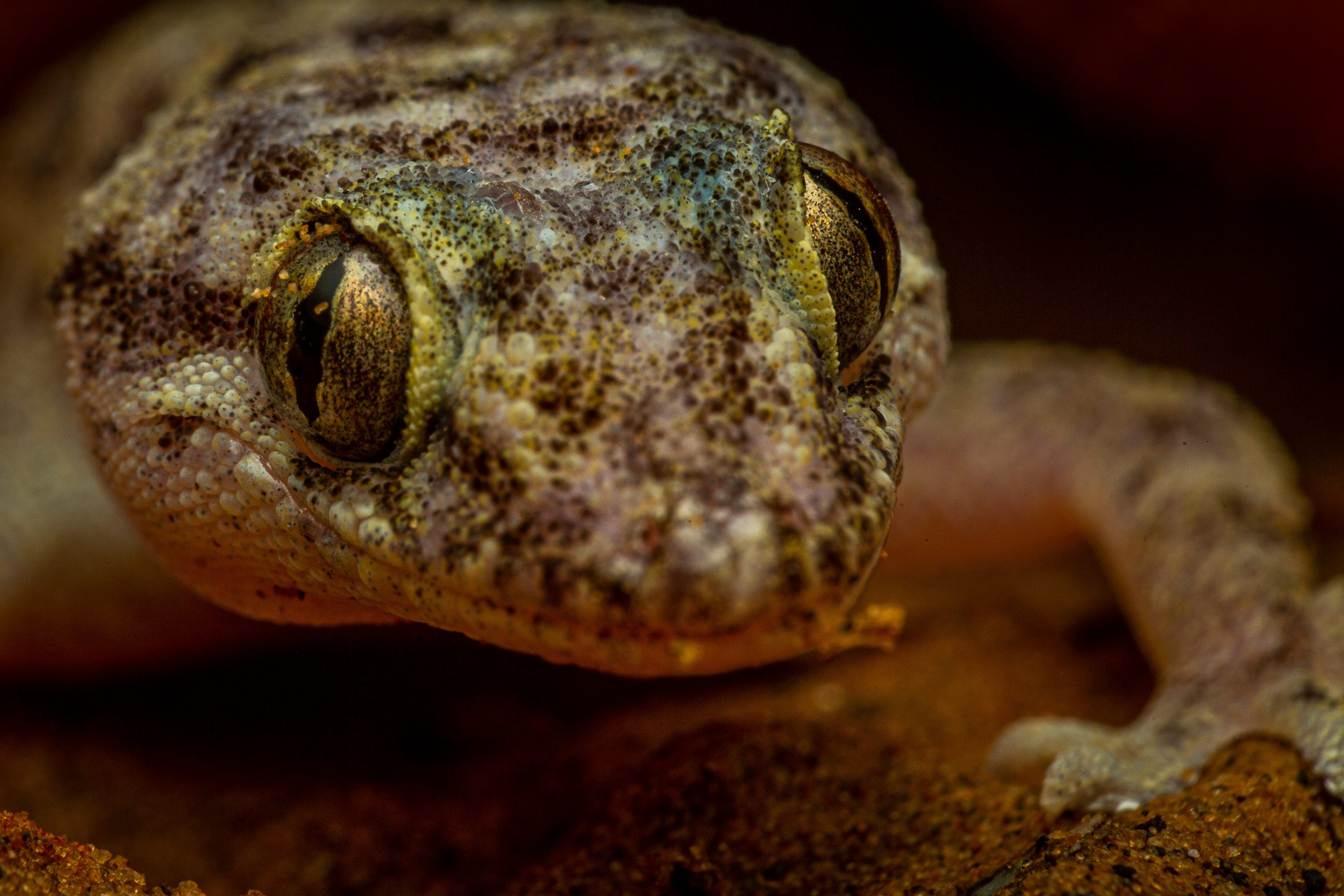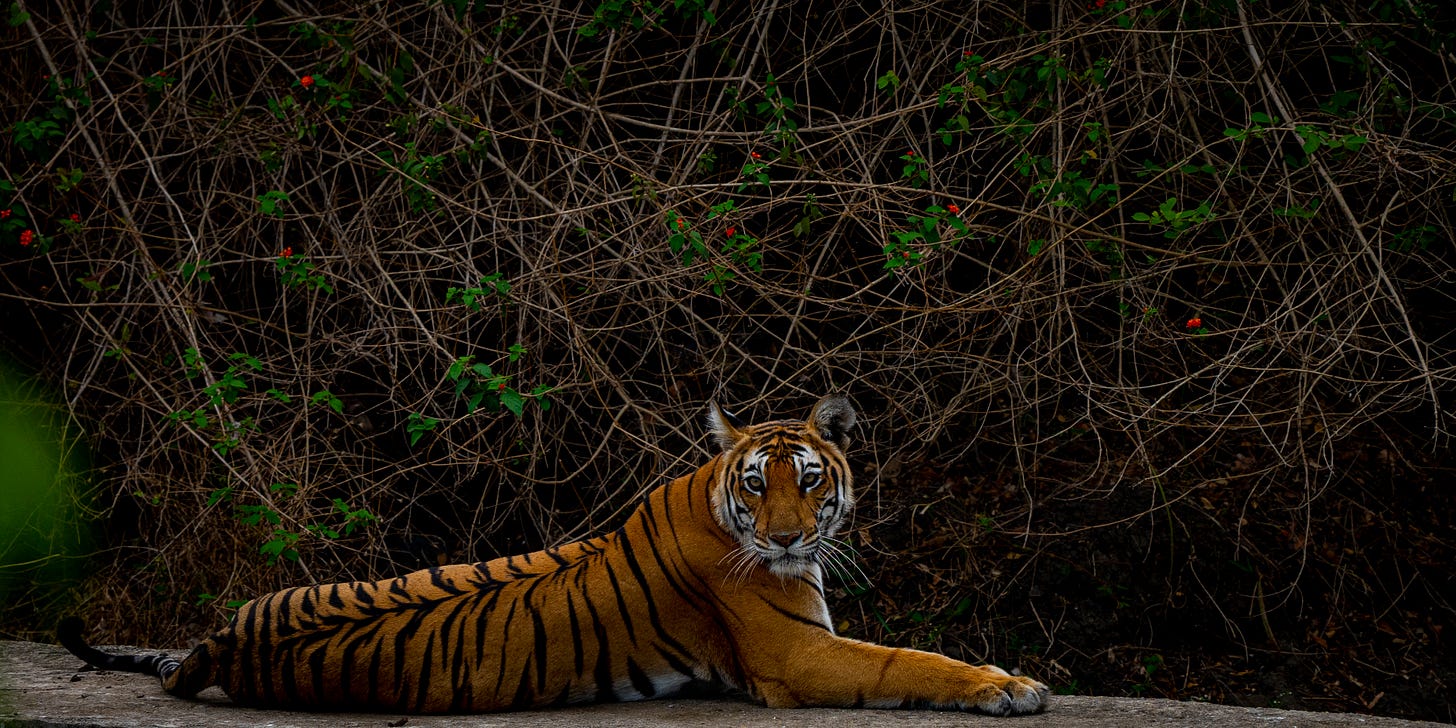The science of exposure vol.4
ISO
Every camera is designed to capture light. How cameras trap light has evolved over the years. From film to modern light sensors, means of capturing light have always needed a unit to measure. Without one, how would you know how much light they detect? Or how different sensors affect your images?
What is ISO?
ISO is the final third of the exposure triangle. It is the unit used to measure how sensitive your camera's light sensor is. ISO higher your ISO, the more sensitive your sensor is, resulting in brighter images. Therefore the lower your ISO, the darker your photographs are and the higher your ISO, the brighter your pictures are. In film cameras, you would have to change the entire film reel to change your ISO, but with modern technology changing your sensors ISO is as simple as pushing a button.
In low-light conditions, have you noticed your images becoming noisier? Well, that's because of your ISO. At higher ISOs, images tend to lose their quality and thus become noisier. Making shooting in the dark more challenging as your camera usually increases your ISO to make the image visible.
ISO is critical for all photographers to master. You want your ISO as low as possible to give yourself room to edit and crop your images while still producing high-quality photographs. However, in darker environments, it may be impossible to take a picture with low ISO, So play around with it and get comfortable with changing your ISO. Eventually, poor lighting will be the least of your concerns.
Thanks for reading Scientia Šerida! Subscribe for free to receive new posts every week!
Did you enjoy this issue? Share it with a friend who might love it too.
For similar posts browse Scientia Šerida Archive
Find me on Instagram as @dhruv_matthan
Or on Twitter as @DhruvMatthan







